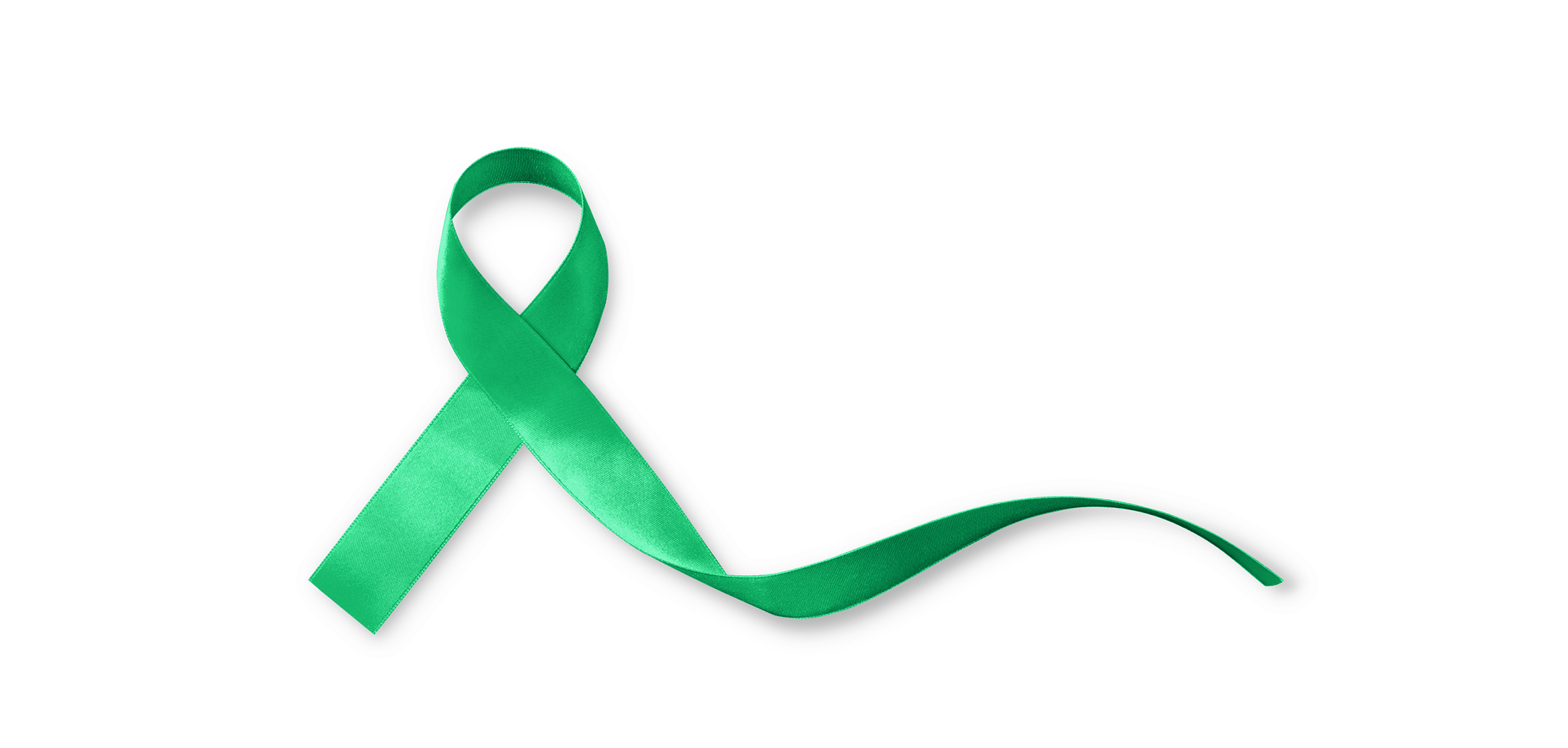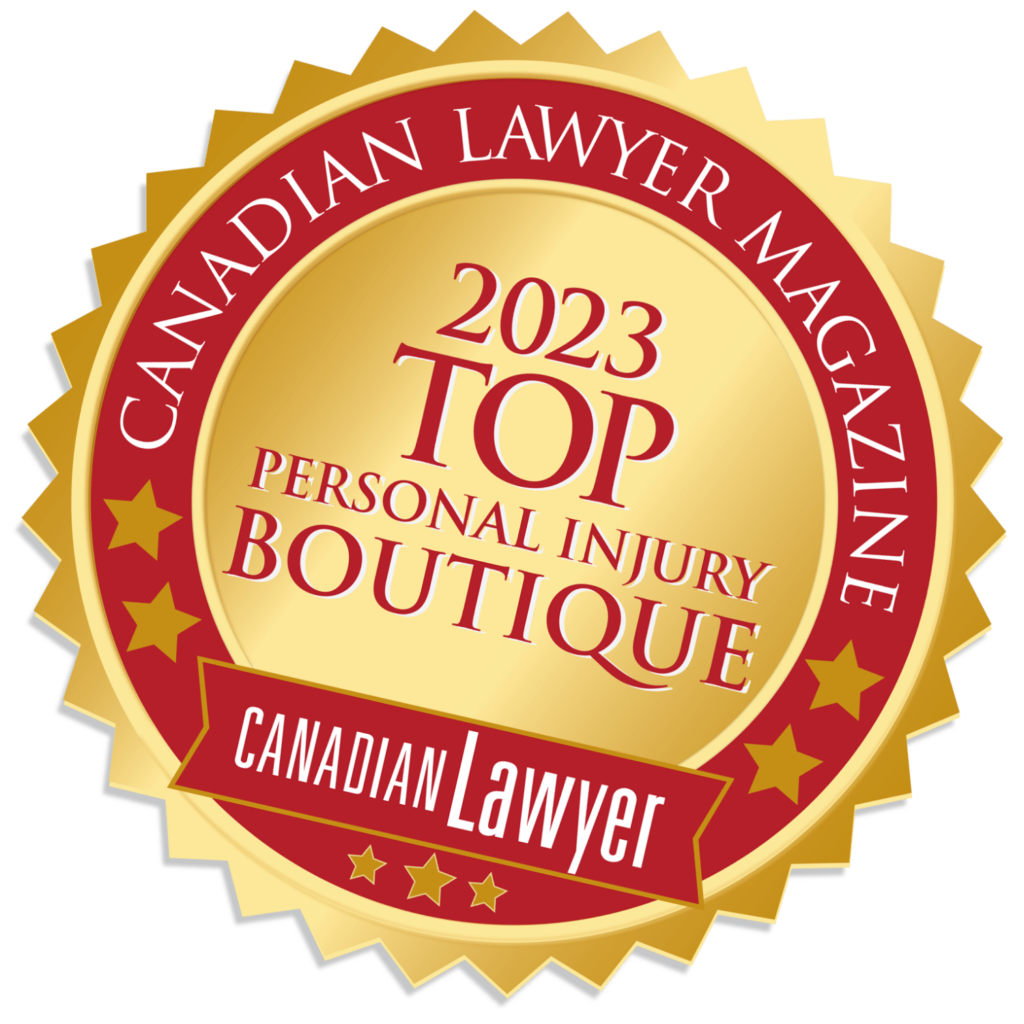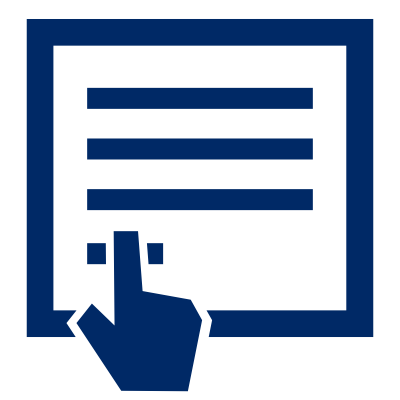
Cerebral Palsy is a disorder that can impact both motor and brain function. It can cause severe muscle weakness which can lead to significant physical limitations. Children with Cerebral Palsy may have difficulty with walking, running and jumping but they can also experience global developmental delay.
Cerebral Palsy can be caused by brain damage during the course of labour and delivery. Common examples of medical negligence that can occur during childbirth and lead to Cerebral Palsy include:
- Failure to monitor and address fetal heart distress;
- Misuse of forceps or vacuum;
- Inappropriate administration of Oxytocin which is used to help the uterus to contract;
- Failure to monitor a mother and fetus at appropriate intervals;
- Failure to diagnose health conditions in the mother or baby during the course of the pregnancy or during delivery.
The signs of Cerebral Palsy vary because there are different types as well as different levels of disability. The main sign that a child might have Cerebral Palsy is a delay reaching motor or movement developmental milestones. Signs of Cerebral Palsy are often recognized when an infant develops into a toddler. At this time, parents may notice limitations with movements such as crawling, rolling over and a lack of truck support. These are just some examples and it is important to remember that each child is different.
There are five types of Cerebral Palsy and each type causes specific movement disorders and can affect different areas of the brain.
- Spastic Cerebral Palsy: Spastic Cerebral Palsy is the most common type of Cerebral Palsy. A child with Spastic Cerebral Palsy will have stiff muscles that make it difficult to walk. These symptoms can affect the entire body.
- Dyskinetic Cerebral Palsy: This form of Cerebral Palsy causes involuntary movements throughout the entire body, including the face. Individuals with Dyskinetic Cerebral Palsy usually have difficulty with various bodily movements including walking, talking and sitting.
- Hypotonic Cerebral Palsy: Hypotonic Cerebral Palsy results in decreased muscle tone. Individuals with this form of Cerebral Palsy typically have decreased trunk support making it difficult to walk, hold their head up or sit up straight.
- Ataxic Cerebral Palsy: Ataxic Cerebral Palsy causes issues with both balance and coordination and can result in issues with gross and fine motor skills. Oftentimes, individuals with Ataxic Cerebral Palsy will appear to have erratic muscle movements.
- Mixed Cerebral Palsy: Mixed Cerebral Palsy is when an individual has a combination of symptoms from the forms listed above.
Furthermore, there are also five classification levels of Cerebral Palsy (known as the Gross Motor Function Classification System, or FMFCS), with Level 5 being the most severe.
- Level 1: Children can walk and run independently but speed, balance and coordination may be limited.
- Level 2: Children may experience walking long distances and may require the use of a support, such as a railing, while navigating stairs. They will exhibit difficulty with running and jumping.
- Level 3: Children will require the use of an assistive device such as a walker for short distances and will require a wheelchair for longer distances.
- Level 4: Children will require power mobility devices. They may be able to walk short distances within the home while using a walker.
- Level 5: Children require a wheelchair in all settings.
Children with Cerebral Palsy often require extraordinary care which can include nursing care, rehab support and assistance from personal support workers. There are also various therapies such as Occupational Therapy, Speech Language Therapy and Physiotherapy that are very beneficial. Children with Cerebral Palsy may also require assistive devices to help with mobility as well as modifications to their home to make their surroundings more accessible. These therapies are extremely costly, and there are limited government-funded programs to help children with Cerebral Palsy. An experienced personal injury lawyer can help to ensure that the current and future cost of these therapies and devices is included as part of a medical negligence claim, so that a child can have all the necessary supports and obtain the care that they need to help them thrive.
At Howie, Sacks & Henry, we have extensive experience helping clients to understand and navigate the complex medical malpractice and birth injury claims process. If you have concerns about the obstetrical care you or a loved one have received, or if you believe your child suffered harm during the birth process, we want to help — please contact Samantha Shatz at 647-796-0086 or SShatz@hshlawyers.com.






